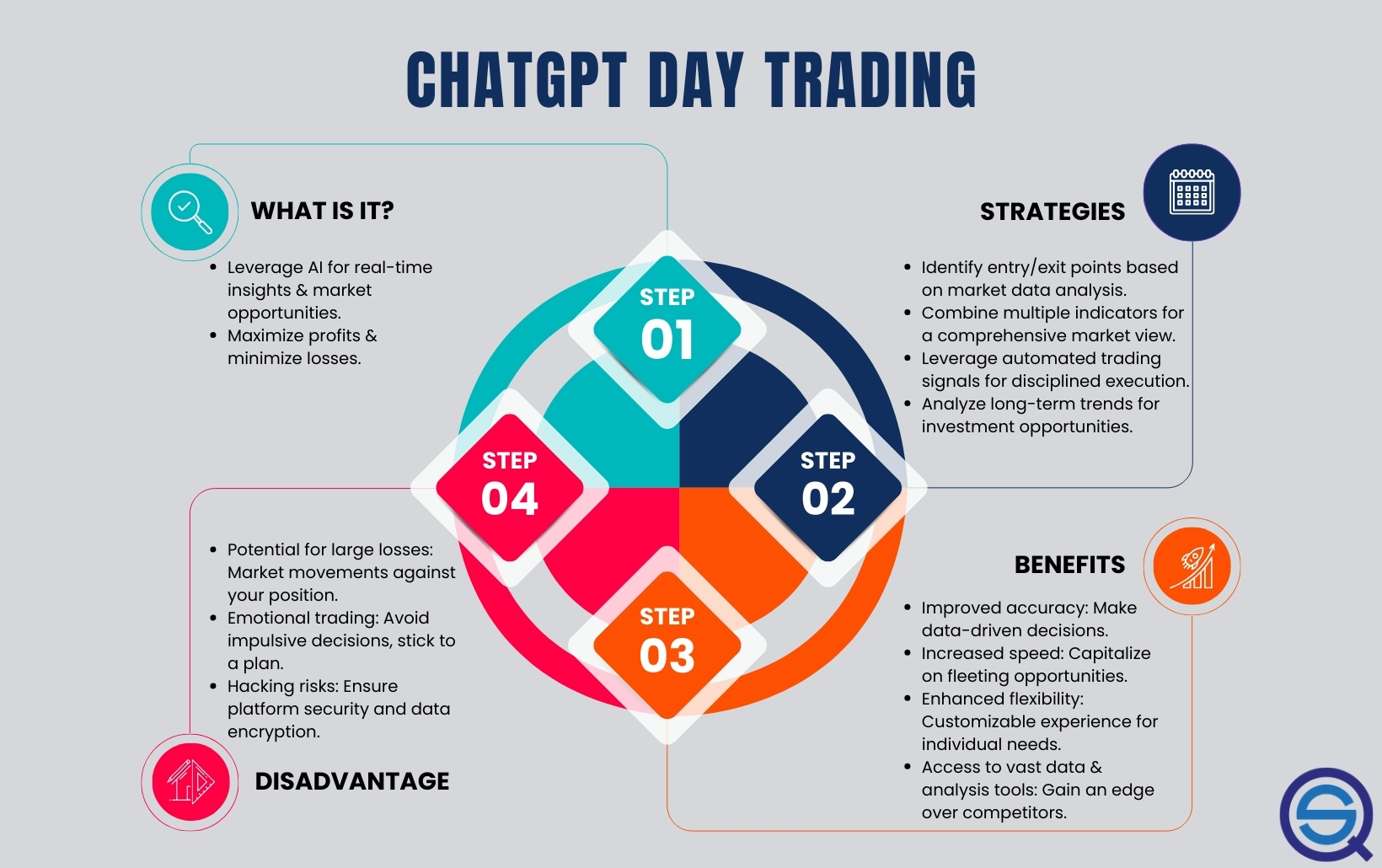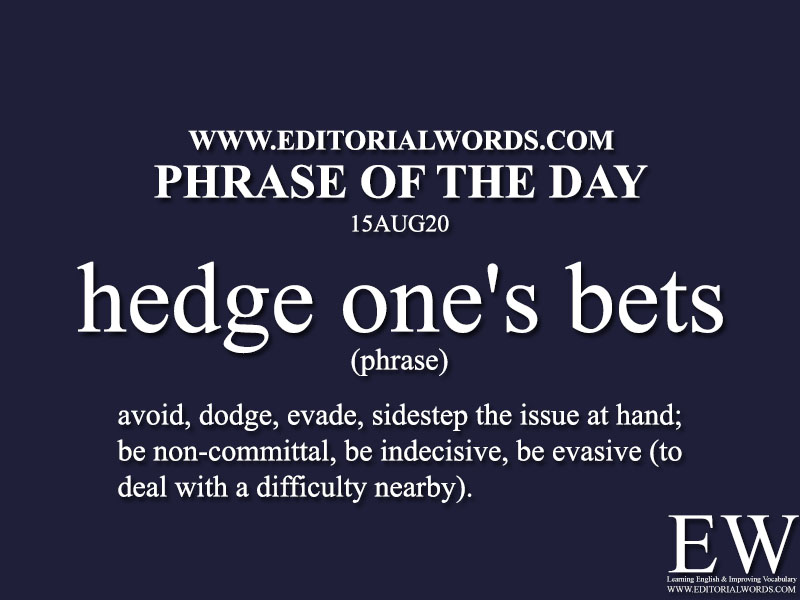Did you know that the average person spends about six months of their life waiting for red lights to turn green? Just like those pauses in our daily lives, knowing when to hedge in day trading can significantly impact your profit potential. In this article, we dive into the critical moments for implementing hedging strategies, exploring the best times to start, key indicators for hedging opportunities, and the role of market volatility. We'll also discuss how market news, asset types, and technical analysis can inform your hedging decisions. Plus, we’ll clarify when to avoid hedging to maximize your success. Join us as we navigate these essential insights, brought to you by DayTradingBusiness, to help you enhance your trading strategy and minimize potential losses.
When is the best time to start hedging in day trading?
Start hedging in day trading when you hold positions that could swing against you within the trading day, especially during volatile times or major news releases. Implement it early if you anticipate rapid price movements, or when your risk exceeds your comfort level. Don’t wait until losses mount; hedge proactively to protect profits or limit downside.
How do I know if my trade needs hedging?
You should consider hedging in day trading if you're exposed to sudden market swings, high volatility, or holding positions vulnerable to large losses. Use hedging when you have significant open trades, like large stock positions or options, and want to protect against unpredictable price moves. If your risk tolerance is low or you're unsure about market direction, hedging can help limit potential losses. Look for times when market news or events could trigger sharp moves, making hedging a smart way to manage risk.
What signals indicate it's time to hedge a position?
Hedging in day trading is necessary when your position faces high volatility, unpredictable news, or sudden market moves. If your trade hits a key support or resistance level, and there's a risk of sharp reversal, it's time to hedge. When upcoming economic data releases or earnings reports could cause rapid price swings, consider hedging. Also, if your position exceeds your risk tolerance or your stop-loss gets triggered frequently, hedge to protect profits or limit losses. Essentially, hedge when market conditions threaten your position's safety or when you want to lock in gains amid uncertain moves.
Should I hedge during high or low volatility?
Hedge during high volatility to protect against sudden price swings. Avoid hedging during low volatility, when risks are minimal. Use hedging when market movements are unpredictable or sharply fluctuating.
How early should I implement hedging in a trading session?
Implement hedging early in a trading session, ideally before significant volatility or news releases. This helps protect your positions from sudden market swings. Start hedging once you identify your main trades and potential risk points, usually within the first hour. Don't wait until a large move happens; early hedging minimizes losses and manages risk effectively.
Can hedging help prevent large losses in day trading?

Yes, hedging can help prevent large losses in day trading by offsetting potential declines. Implement it when you have a strong position and want to protect against sudden market reversals or volatility. Use hedging strategies like options or inverse ETFs during unpredictable market conditions or ahead of major news releases. It’s most effective when your trades carry significant risk or exposure, and you want to limit downside while staying in the game.
What are the key indicators for hedging opportunities?
Look for high volatility and unpredictable price swings, especially around earnings reports or economic data releases. When your position shows significant exposure to market moves or currency fluctuations, hedging protects against losses. Signs include rapid price changes, low liquidity, or upcoming events likely to cause sharp moves. If you want to lock in profits or limit downside risk during uncertain times, it’s time to hedge.
How does market news impact the decision to hedge?
Market news causes sudden price swings, making hedging essential to protect profits or limit losses. When news is expected to increase volatility or you hold positions vulnerable to rapid shifts, it’s time to hedge. Implement hedging immediately if breaking news or economic reports threaten to move markets sharply. It helps you manage risk during unpredictable moves and prevents emotional, rash decisions.
Is hedging more effective in certain trading hours?
Hedging is often more effective during lower liquidity hours, like early mornings or late afternoons, when spreads widen and price swings are less predictable. Avoid hedging during high volatility periods, such as market openings or major news releases, when rapid price movements can undermine hedge effectiveness. Implement hedging when markets are calmer to better protect positions without sudden gaps or slippage.
When should I avoid hedging during the day?

Avoid hedging during high volatility or unpredictable market moves, as it can lock in losses. Don’t hedge when you lack clear signals or the market is too noisy. Also, steer clear if transaction costs outweigh potential risk reduction. Hedge when your position faces significant overnight or event risk, not during calm, steady trading.
How do I determine the right amount to hedge?
Determine the right amount to hedge in day trading by assessing your risk tolerance and the size of your position. Use a percentage of your total exposure—commonly 10-30%—to limit potential losses. Monitor market volatility and news; hedge more during unpredictable swings. Adjust your hedge size based on how much risk you're willing to accept and the specific trade's potential impact. Always balance the cost of hedging against the protection it provides.
What are the risks of hedging too early or too late?
Hedging too early can lock in losses or limit gains before the market moves, while hedging too late exposes you to bigger losses if the market shifts unexpectedly. Early hedging might cause missed profit opportunities, and late hedging can leave you unprotected during sudden swings. Timing is crucial; hedge when your position shows signs of reversal or increased volatility, not just at the first hint or after significant damage.
How does the type of asset affect hedging timing?
The type of asset determines how quickly prices fluctuate and when to hedge. Volatile assets like stocks or cryptocurrencies require hedging early to manage sudden swings. Less volatile assets, such as bonds or stable currencies, may need hedging closer to key events or when signs of trend reversal appear. Understanding an asset’s price behavior guides your timing—act early with unpredictable assets, wait for confirmation with stable ones.
Should I hedge when trading breakout or breakdown patterns?
Hedging during breakout or breakdown patterns depends on your risk tolerance. Use hedging if you want to protect gains or limit losses amid high volatility. It’s smart when you anticipate a false move or market reversals during these patterns. If you’re confident in the trend, hedging might be unnecessary. But in unpredictable markets, hedging can secure your position before big moves.
How can I use technical analysis to time hedging?

Use technical analysis to identify key support and resistance levels, trend reversals, and momentum shifts. Implement hedging when your charts show signs of increased volatility or potential trend reversals, such as bearish divergence or breakdowns from consolidation. Enter hedges ahead of expected market swings indicated by technical signals like moving average crossovers or RSI overbought/oversold conditions. Timing is best when technical indicators suggest a high probability of price reversals or sharp moves, allowing you to protect gains or limit losses effectively during day trading.
Learn about How to Use Technical Analysis for Day Trading ETFs
Conclusion about When should I implement hedging in day trading?
Incorporating hedging into your day trading strategy can significantly mitigate risks and protect profits, but timing is crucial. Effective hedging relies on recognizing market signals, volatility conditions, and the specific characteristics of the assets involved. By staying informed about market news and using technical analysis, traders can identify optimal moments for hedging. Remember, while hedging can help prevent large losses, it’s essential to implement it judiciously to avoid unnecessary costs. For comprehensive guidance on implementing these strategies effectively, explore resources from DayTradingBusiness.
Sources:
- Dynamic short-term risk management strategies for the choice of ...
- Interagency Supervisory Guidance on Counterparty Credit Risk ...
- The impact of option hedging on the spot market volatility ...
- Equity hedging and exchange rates at the London 4 p.m. fix ...
- Options market makers׳ hedging and informed trading: Theory and ...